Guided Math: The Three P’s
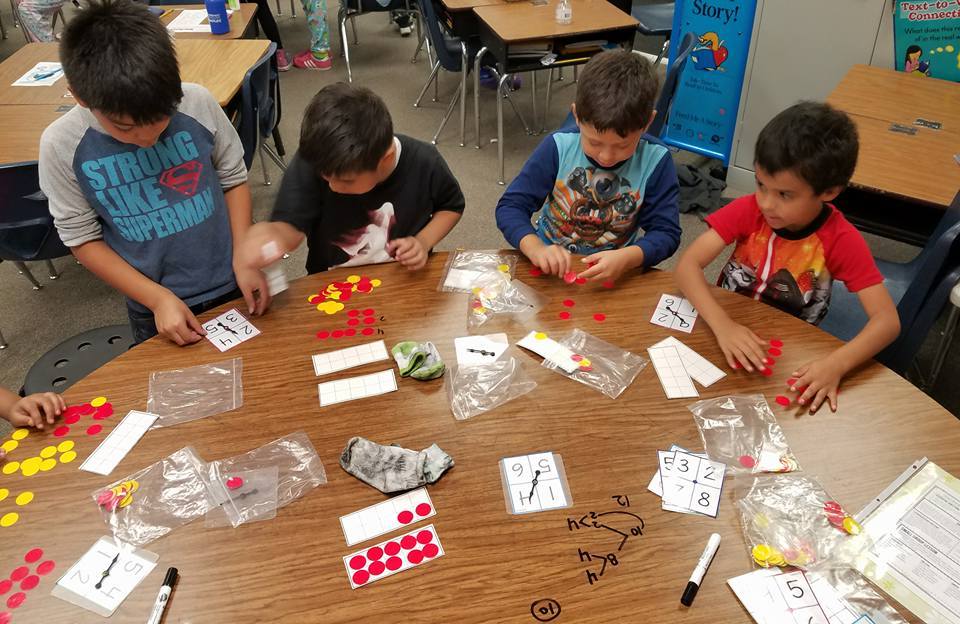
Guided Math
Whether you are just thinking about getting it started, or in the full throes of guided math, finding support is essential! Throughout this school year, I have enjoyed all of the pictures and feedback that I have received through social media and email regarding the guided math lessons. It’s exciting to see the lessons unfolding in your classrooms! Your personal interpretation of the content is my absolute favorite! I just returned from a conference yesterday where I spoke with teachers about the joys and obstacles of implementing and teaching guided math. I thought it was a great time to bring light to some of those thoughts through a guided math check in!
Guided Math The Three P’s
I believe that there are three teaching practices that contribute to the success of implementation. I would love to offer three strategies that helped me immensely as I navigated through the research and implementation of guided math. It’s exciting to know that a myriad of classroom difficulties can be transformed by focusing attention on the three P’s.
Pacing
The first, and perhaps most impactful, is pacing. Through my 18 years in the classroom I grew and developed as a teacher. No matter the age or range of a teacher’s experience, there are some practices that can transform teaching. One area that I think determines success is the ability to pace correctly. I have experienced it first hand.
Terrific lesson, terrific teacher, terrible pacing. Crash and burn.
I do believe even our worst lesson experiences still add value to our student’s lives. It’s not a total loss, but it can leave us feeling frustrated.
Time Frame
First, we need to consider our time frame. Make a list of the essential components you plan to cover in your time frame. Then, jot down the minutes roughly needed to get through those components. Cry and erase all those minutes down to half. (am I right?)
If we are looking at the typical curriculum, there is truly no way to cover it all in a subject period. We have to filter all of the information and resources down to the best for our students with the time that we have. Is it a frustration? Absolutely! But let’s focus on making the best of it. We know that we want to provide lessons that meet all students’ needs to give them the best possible understanding of math concepts. When planning for time, be realistic but always have high expectations. Once you have this plan, you’ll have that end goal in mind which creates the structure for your pacing.
Range of Abilities
Next, let’s talk about the range of abilities in our classrooms. During a standard lesson, roughly a third of the students already know it, a third will get it, and a third need to hear it numerous times in order to “know it”. It can be heart-breaking to realize that a student isn’t “getting it” and have to keep moving on in our lesson. If we don’t move but continue to reteach, we end up losing the students that don’t want to hear it over and over when they already had it to begin with. Rather than teaching a full standard lesson, we can use a mini-lesson to better utilize our time and energy.
I used to think a mini-lesson meant that I needed to teach the exact same information in a shorter amount of time. Talking really fast wasn’t exactly my best strategy. Mini-lessons allow students to share thinking, make connections, and become involved with the new learning. Students capable of going deeper will begin forging those connections on their own. Those on level will have their interest peaked. Students below level will be introduced to the concept without becoming overwhelmed and lost.
Remember that keeping a good pace is way of being respectful of every students’ needs. We don’t need to carry that teacher guilt. We will spend the time saved meeting those struggling students in small group which will reduce anxiety for them and allow them to absorb much more information than they would have in a long drawn out lesson.
Engagement
Pacing and student engagement go hand in hand. One thing that will disrupt your perfectly laid pacing plan is student behavior. When I say ‘disrupt’, I mean as a teacher we are constantly scanning the room for mayhem. If I have a set length of time that I want to have for my rotations, but my students always get restless two minutes before the timer, then I need to adjust the pace. Allow the natural stamina of your class help determine the length of your guided math rotations. If you want 15 minute rotations, but your students begin to deteriorate in quality of work around the 12 minute mark, then create a shorter rotation. This eliminates that time that would likely be wasted on redirection each day.
Perspective
One of the most powerful things we can do as teachers is to put ourselves in our students’ shoes. I was a very eager student, ready to please, and give 100% in school, yet I had a lot of anxiety and difficulty when it was time for math. As I reflect on that experience, I believe it was because my exposure to math concepts was limited to procedural understanding. Conceptual understanding was not taught so I had never been exposed to the relationship of numbers. The way I knew math was that you follow steps to find an answer. done. When I didn’t know the steps I simply didn’t solve. I didn’t ever consider that there was a series of math relationships happening in that math problem. For me, there was a complete disconnect from a math problem to any real life application.
Three days before my first teaching job, large boxes were delivered to my classroom. When I opened them I found tub after tub of math manipulatives. I was really excited about using them in my math teaching but had no idea how to do so. The timing of that delivery made it so that I began my teaching career exploring conceptual math. As I dove into the research and experimented with my student, I found joy in explaining the connections and the WHY and HOW behind the math! It was that missing piece for me and I was able to make it whole for my students.
Having the experience that I did growing up, helped me to stop and think about how my students were processing the different concepts. How I can make a math concept meaningful and dare I say it?…FUN!
Preparation
Preparation is HUGE in the success of any teaching lesson. Because guided math explores a range of learning modalities through a variety of daily activities, preparation is essential. We all have limited time in the day. It can be hard to stay on top of the mountain of teacher responsibilities. Finding and filtering through the right lessons each day is a daunting task. I have a teacher friendly resource that I hope makes teaching math the BEST part of the day for both teacher and students! It sure did for me!
Guided Math Lessons
Over the last year and a half I have created guided math whole group mini-lessons and small group lessons for grades kindergarten through third grade. These lessons are standards based. Inside you will find math warm-ups, math mini-lessons, small groups and all the materials to go along with the lessons.
Kindergarten
First Grade
Second Grade
guided math units for second grade
Third Grade
guided math units for third grade
Along with the whole group and small group lessons, we also want to provide our students with the type of activities that excited them and engage them to practice and apply the skills being taught. These resources are offered apart from the guided math lessons and do not overlap.
Math Centers
Guided Math wouldn’t be complete with out hands-on math centers! Students LOVE to practice through play! I have monthly math center packets as well or these bundled sets for the year.
Kindergarten Centers for the Year
First Grade Centers for the Year
Second Grade Centers for the Year
Math Journals
Kindergarten Journals for the Year
First Grade Journals for the Year
Second Grade Journals for the Year
Third Grade Journals for the Year
Click HERE To be taken to even more posts on guided math!

 Contact Us
Contact Us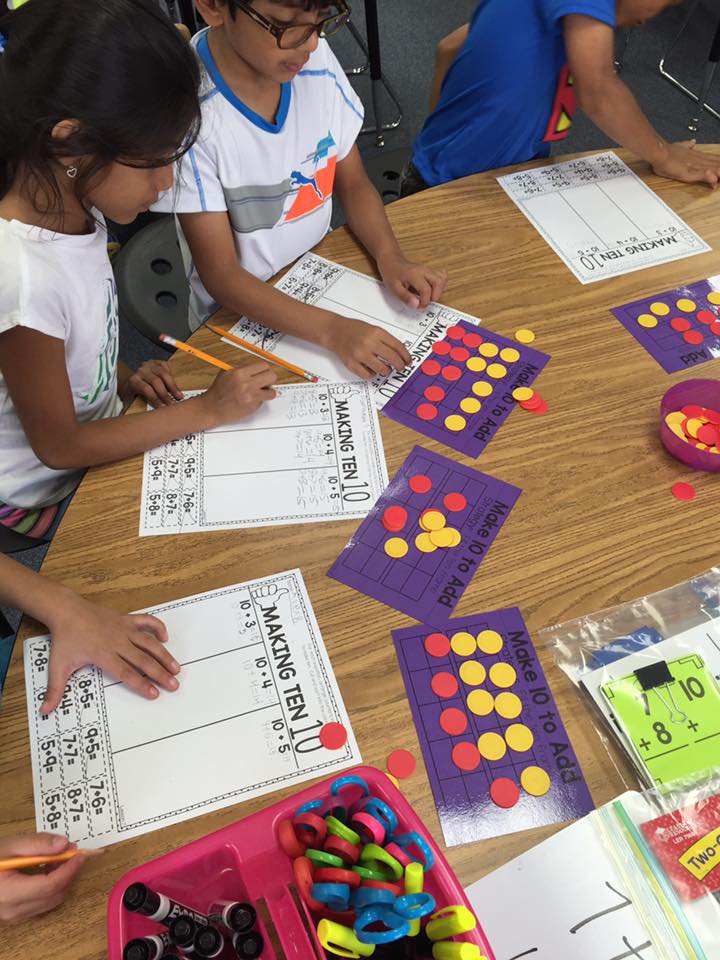
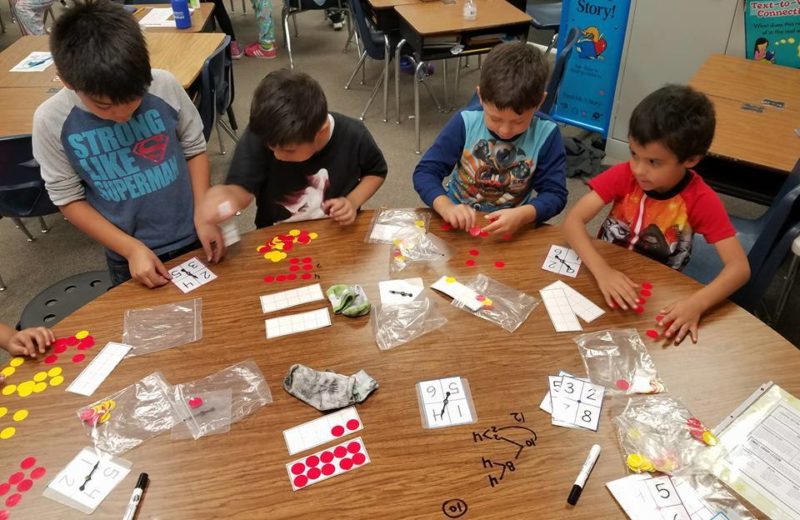

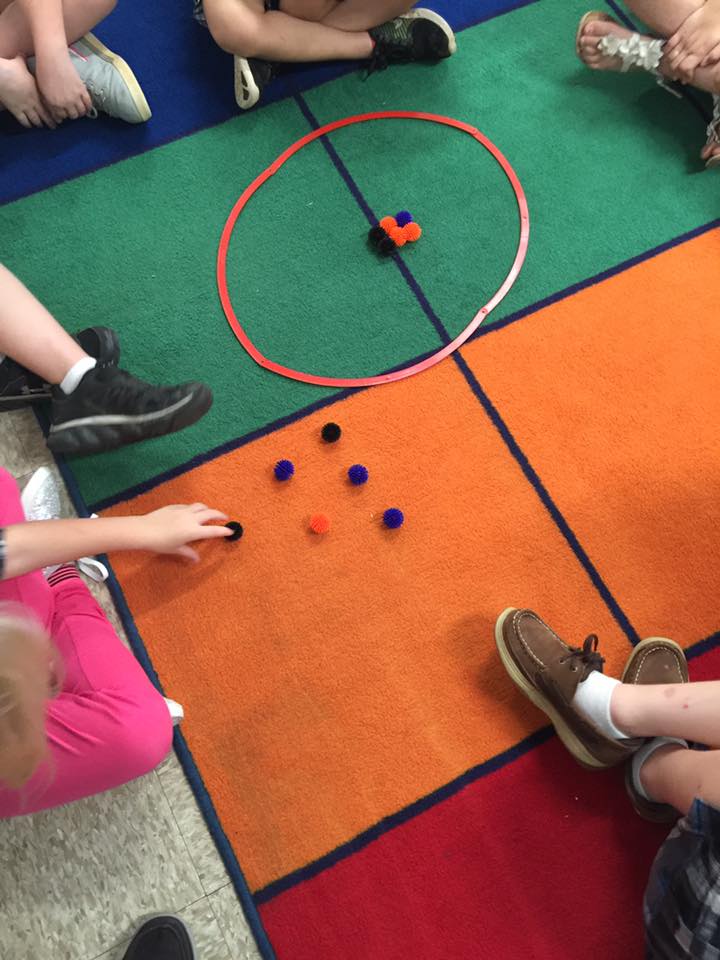
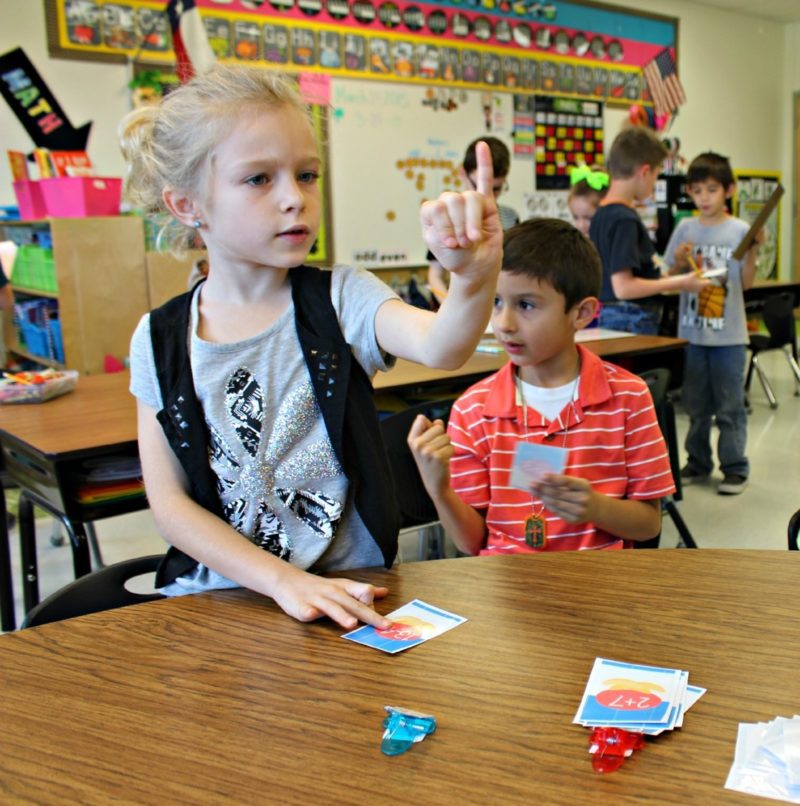
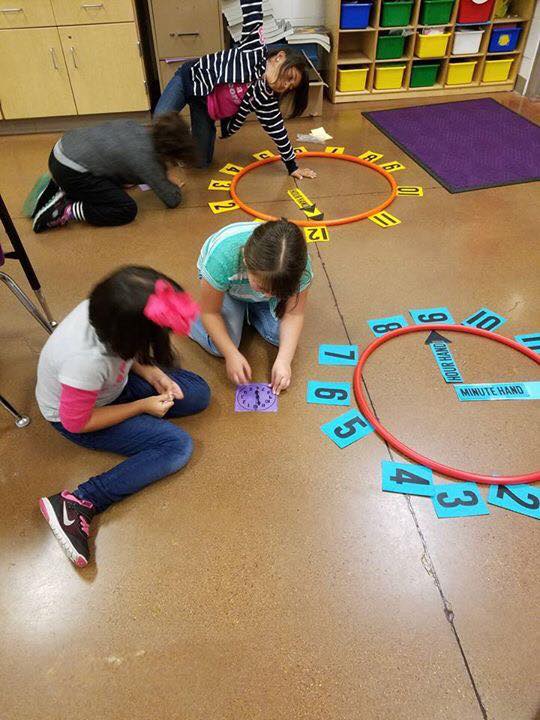
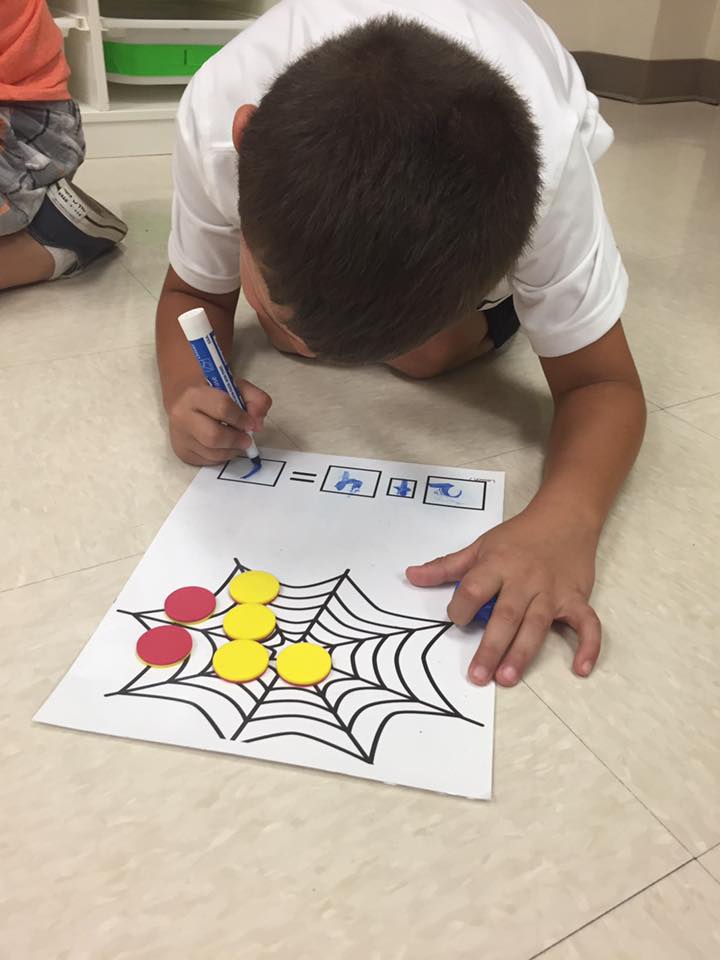
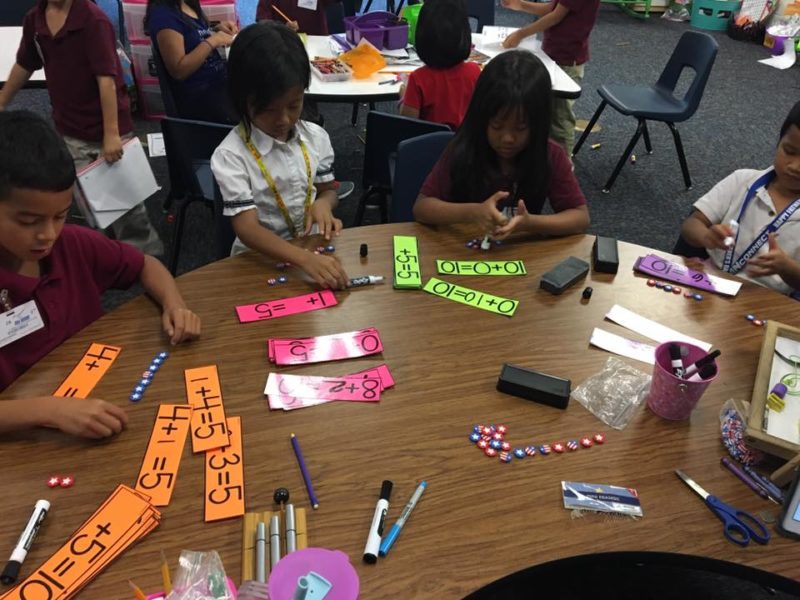
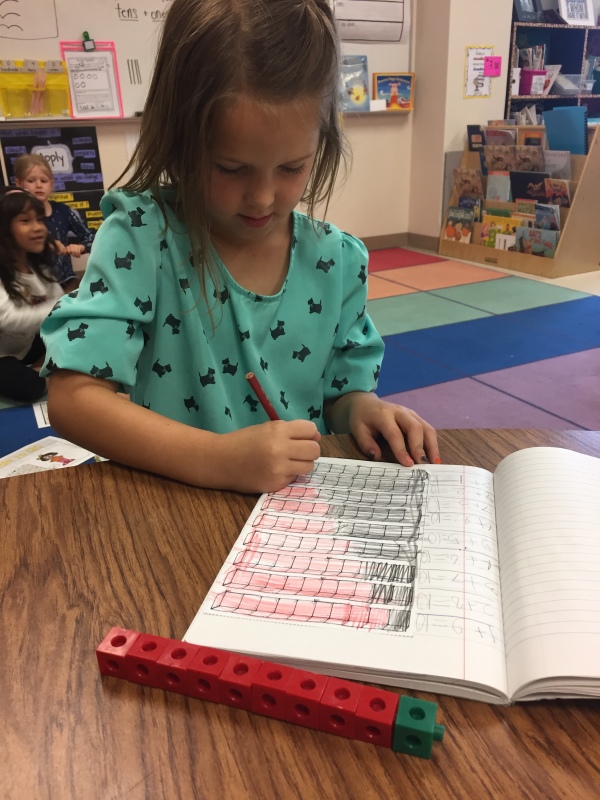
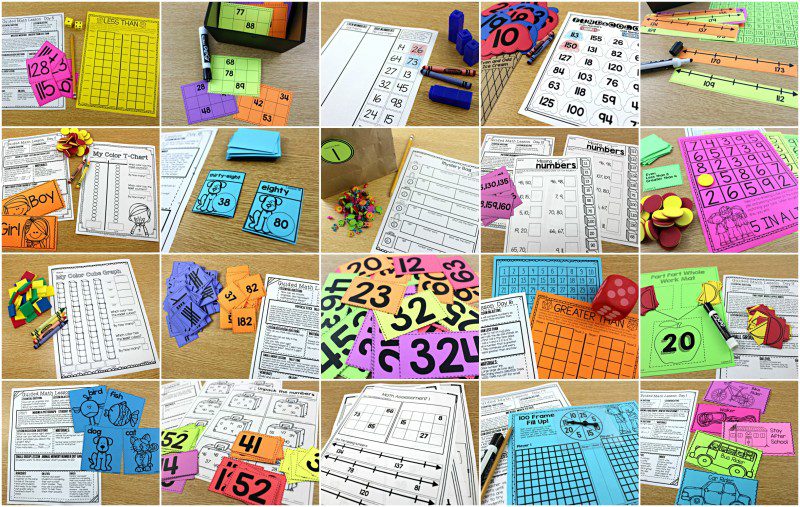
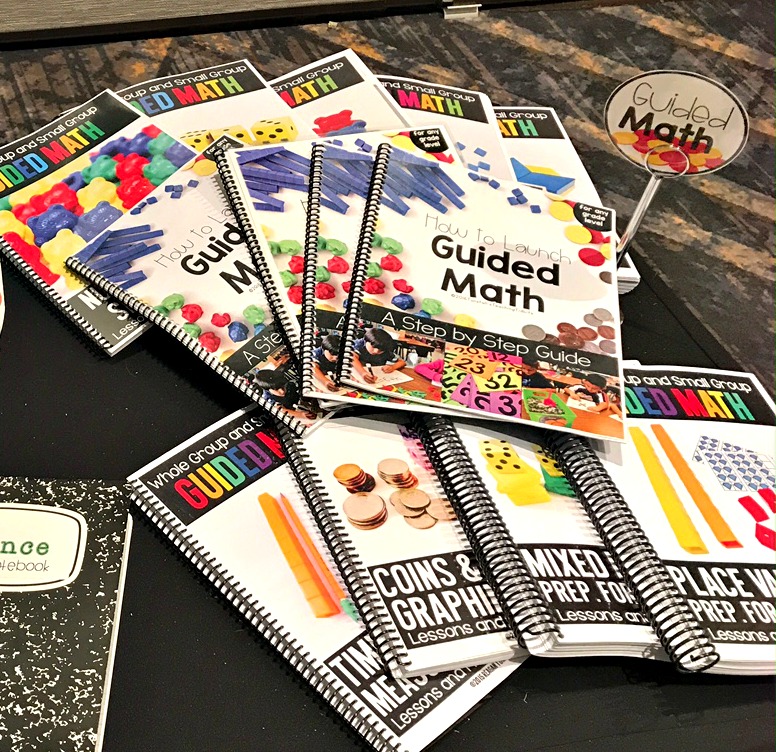







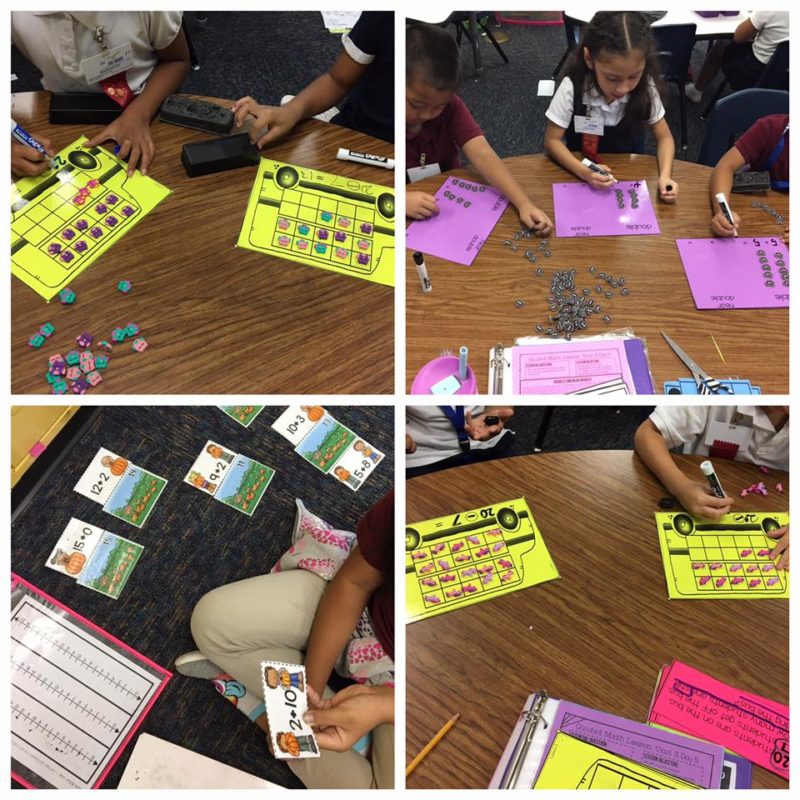
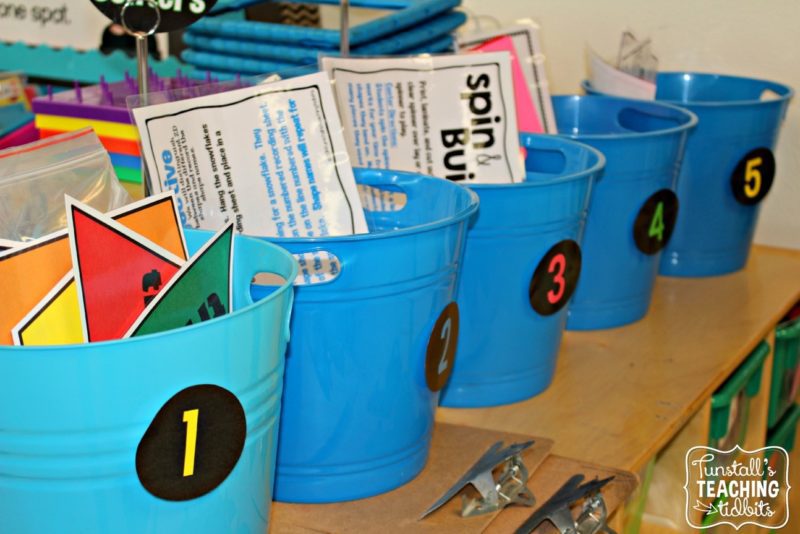
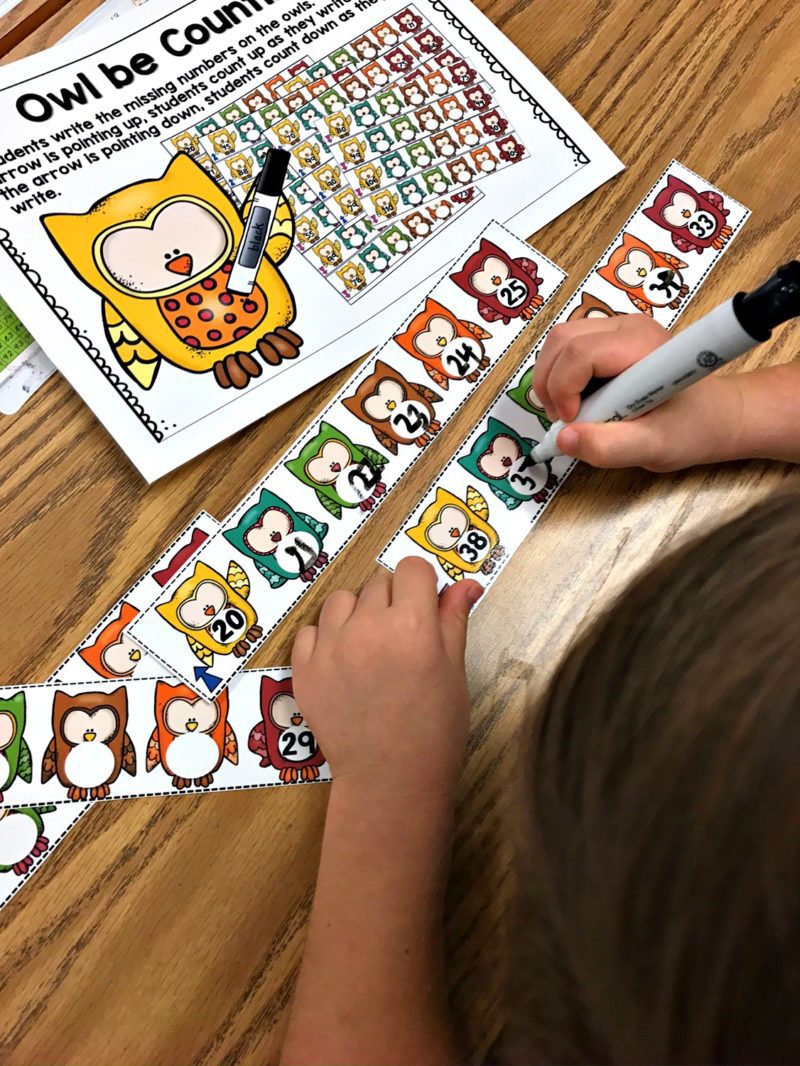
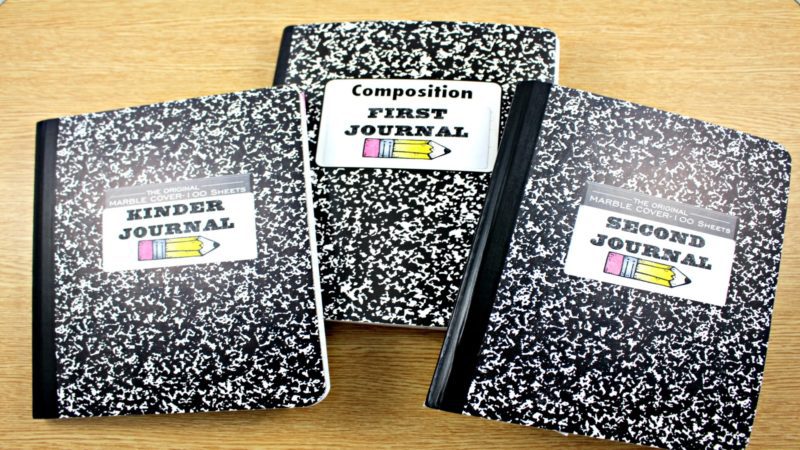
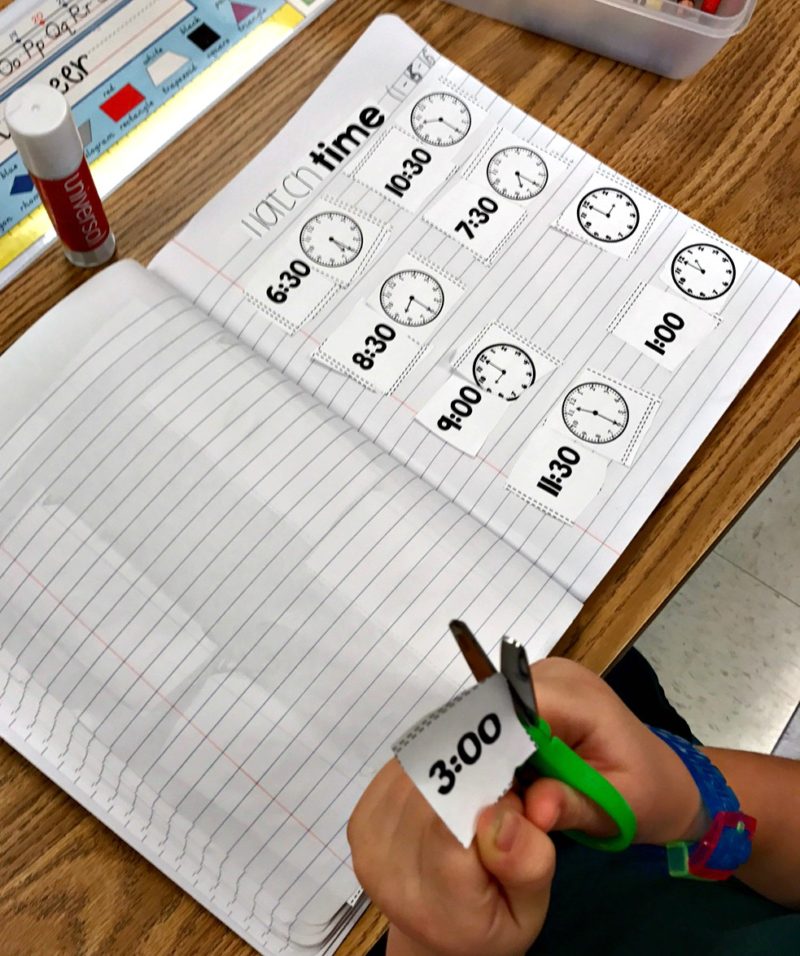
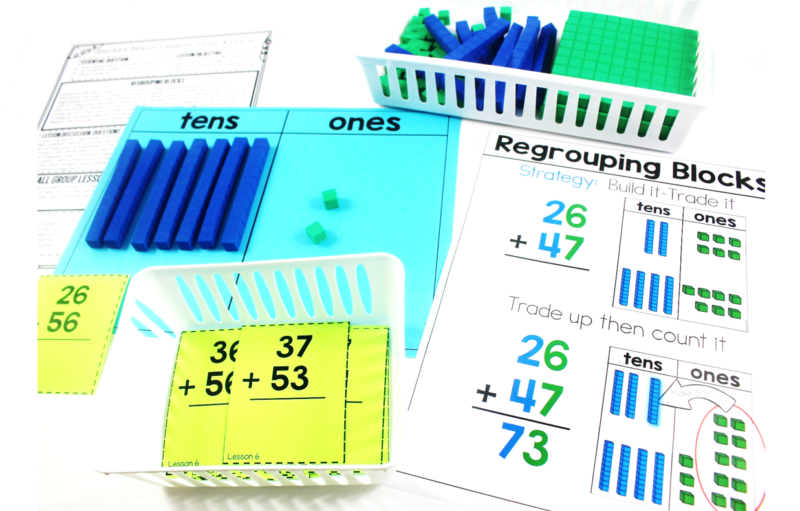
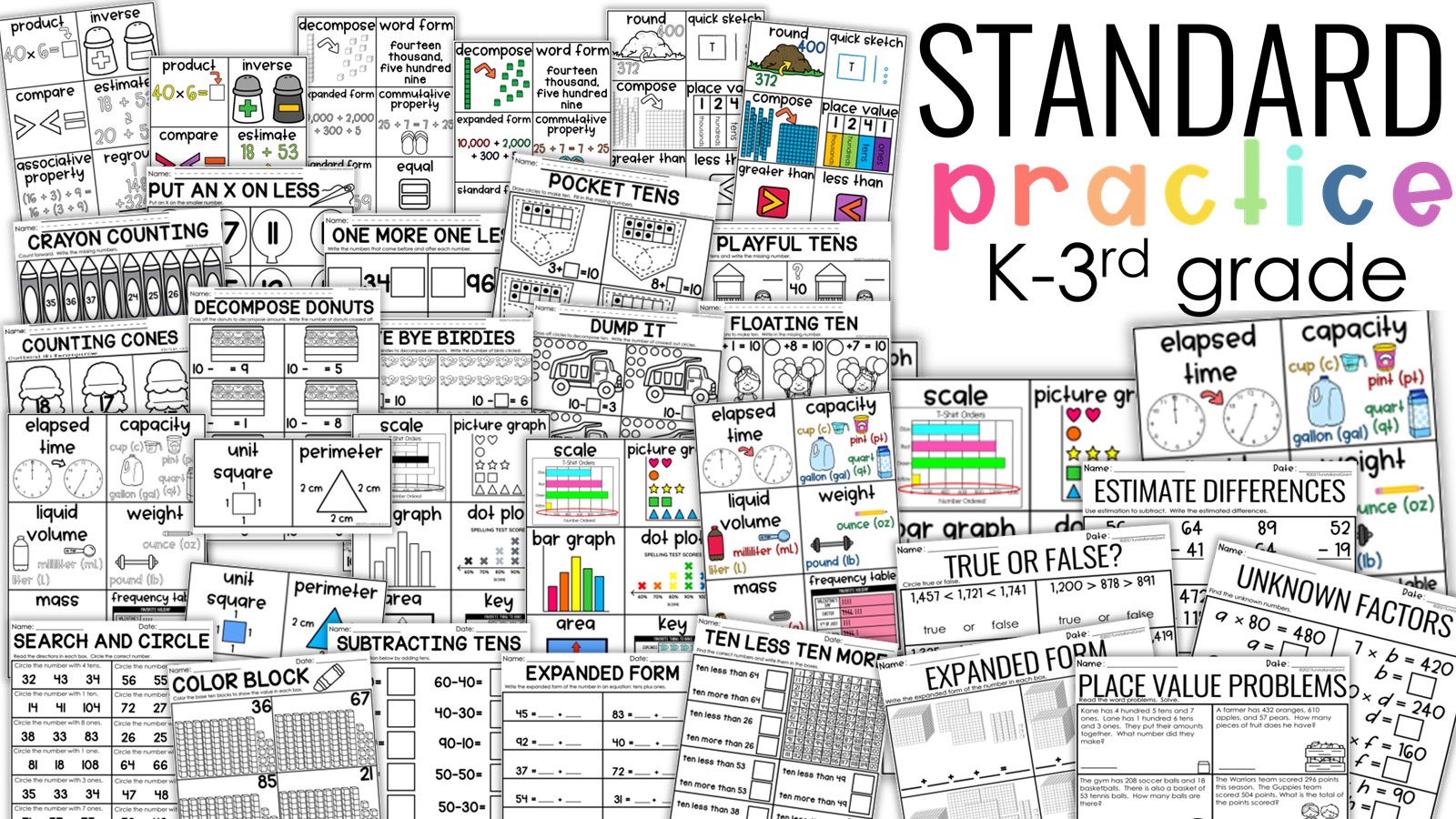
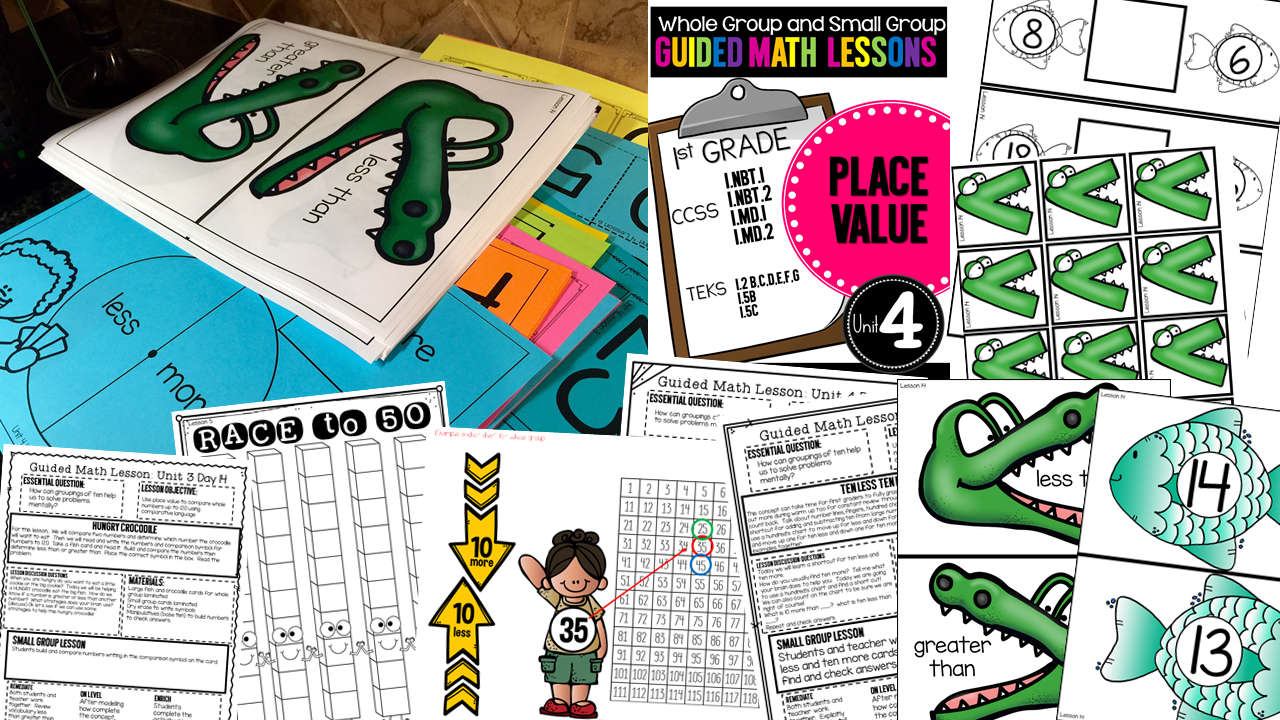
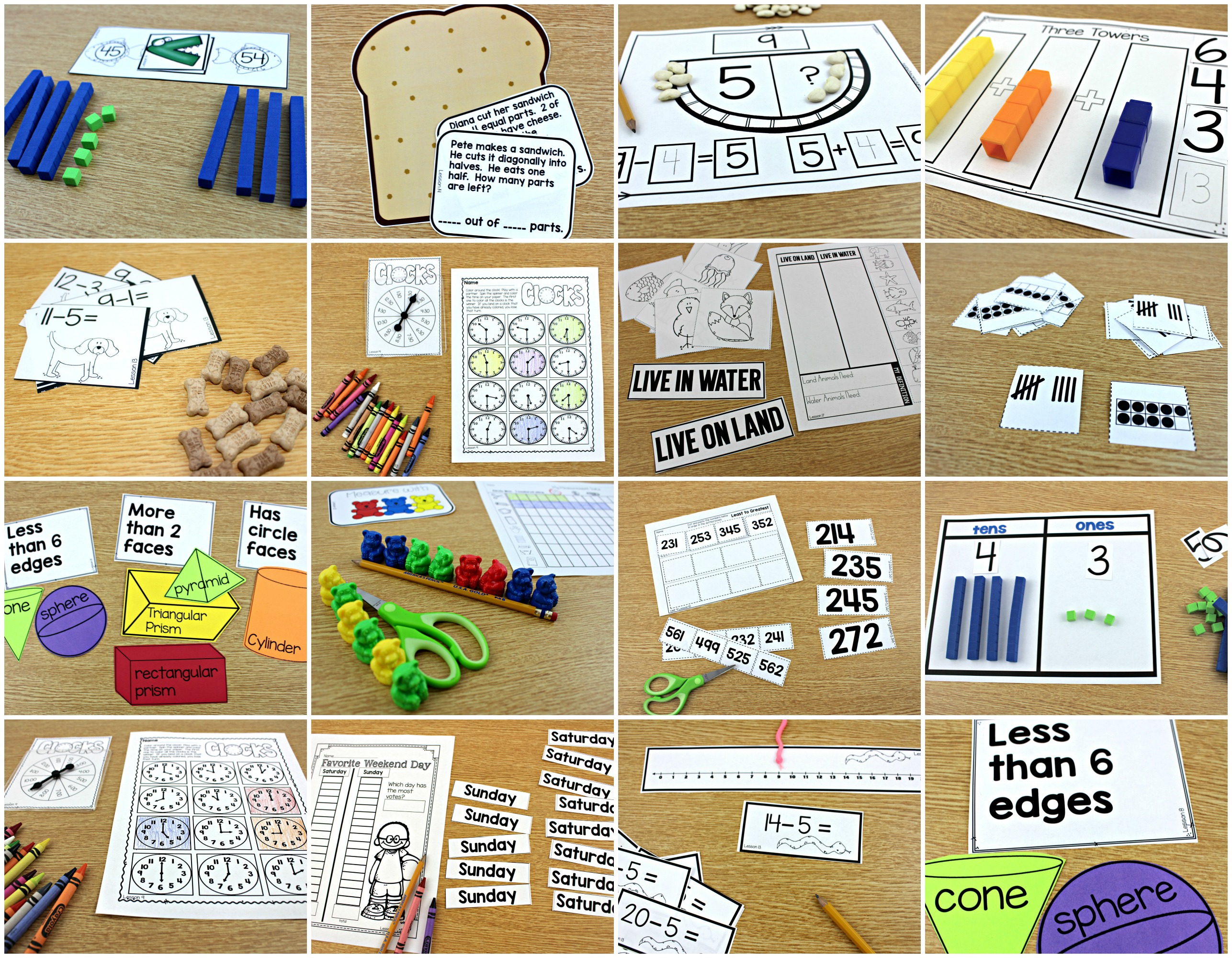
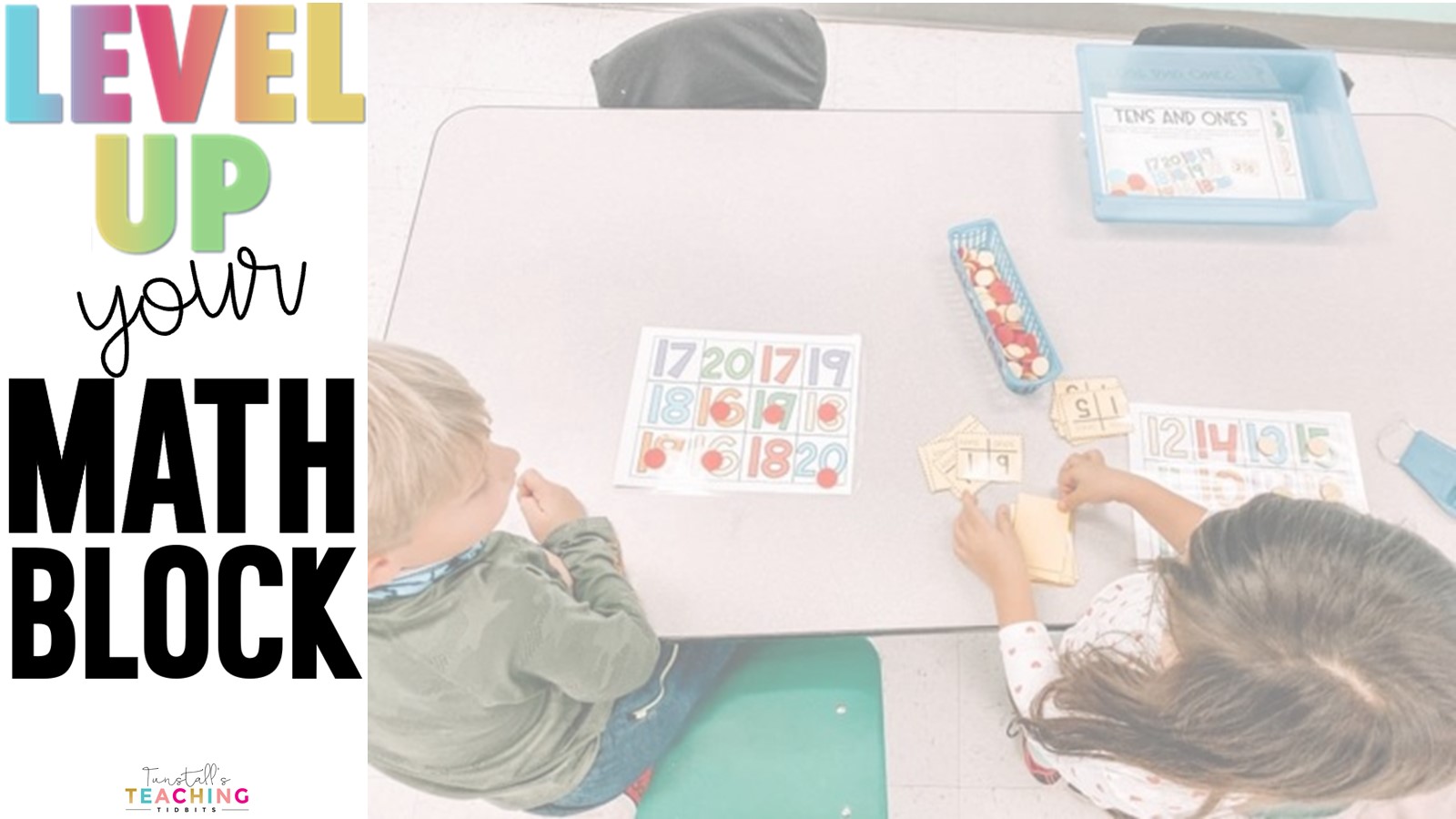
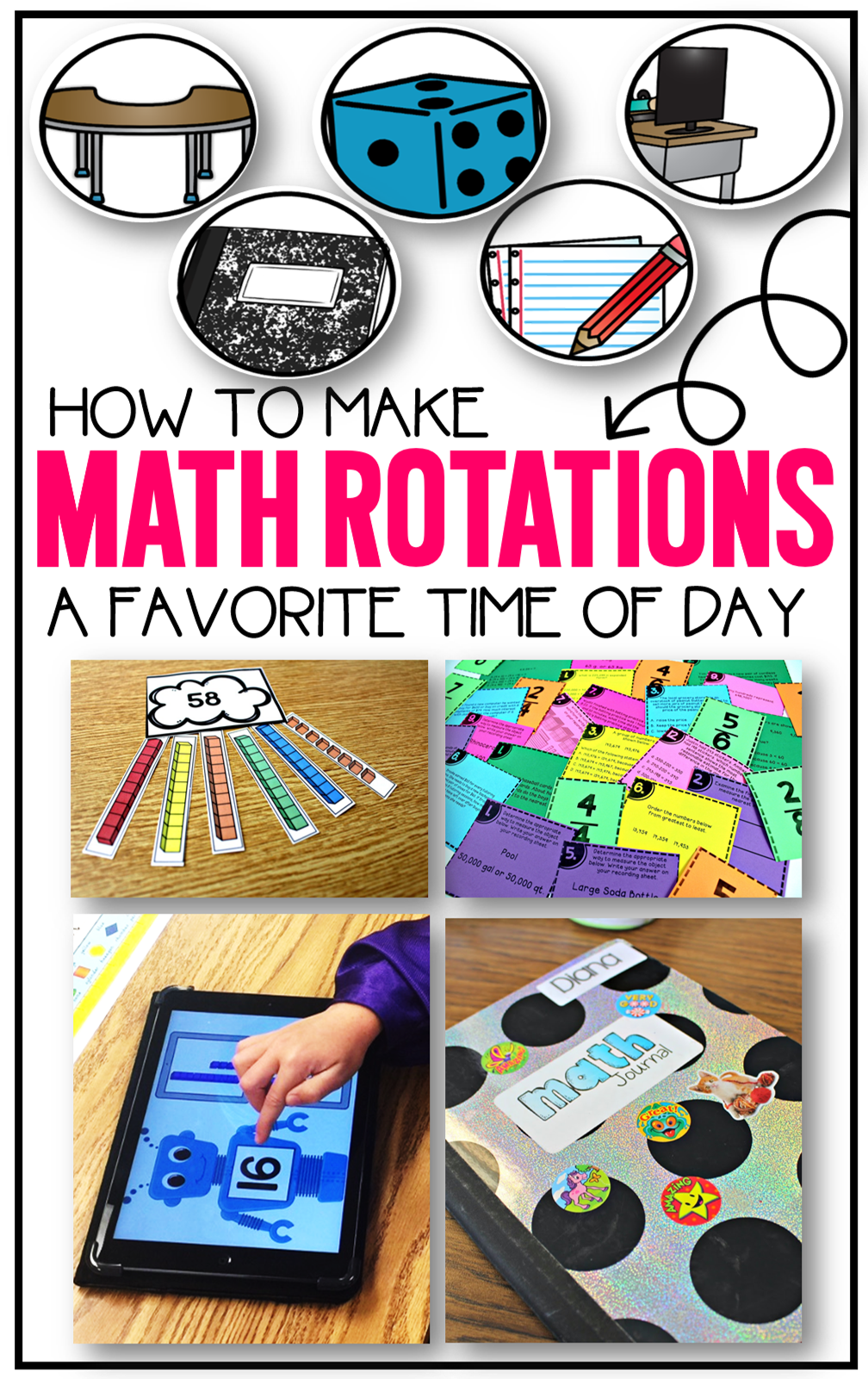
Hey, are you planning on doing the guided, center and journals for 4th grade? If so I would be extremely interested.
I am considering it! 🙂
Do you plan on creating resources for grades 5 & 6?
Hi. Where can I find the Make 10 to add worksheet?